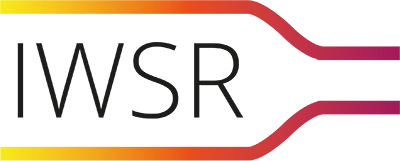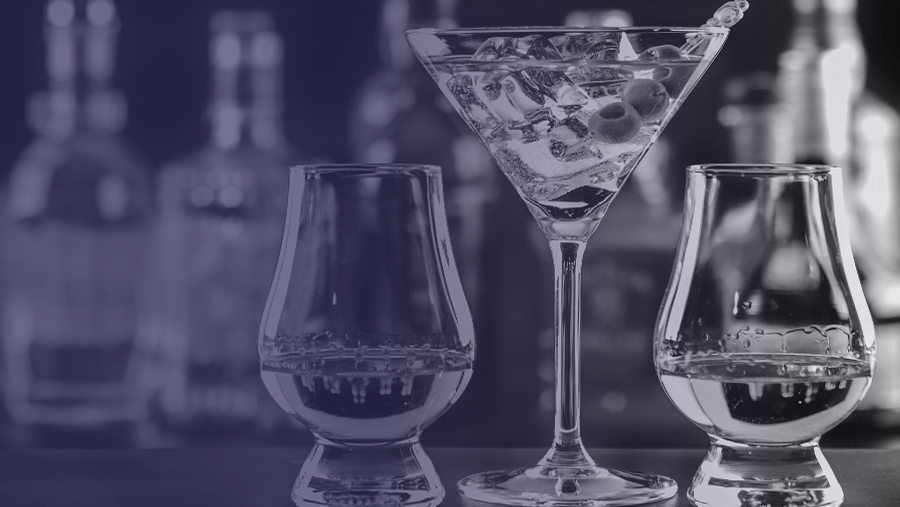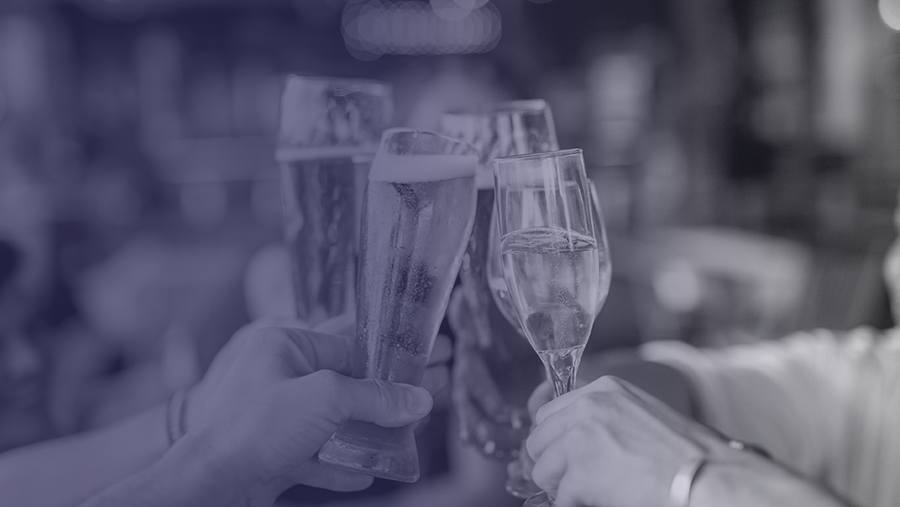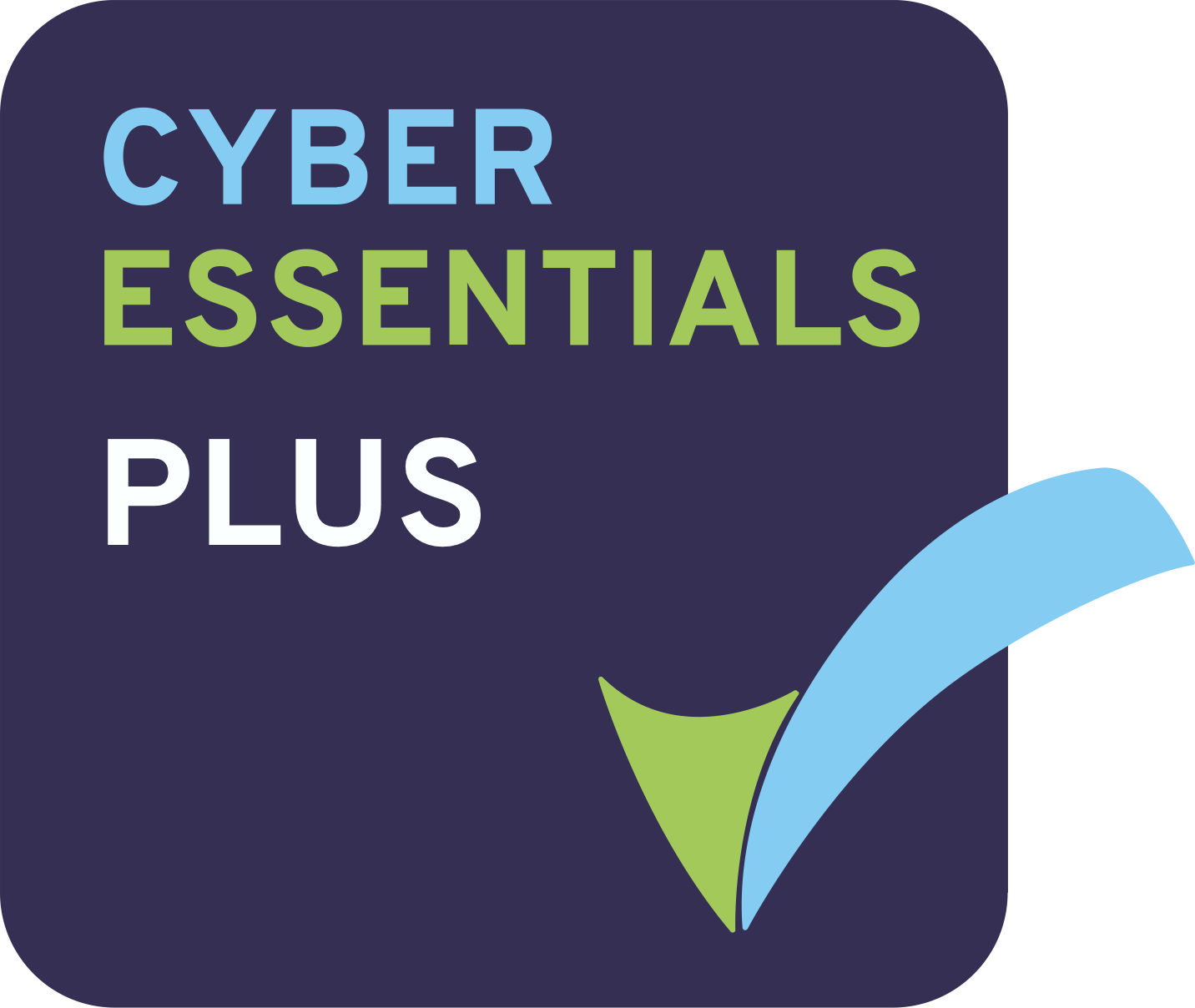The trend towards abstinence has triggered a burst of innovation from the global brewing community who see the non-alcoholic beer and low-alcohol beer sector (NABLAB) segment not just as an opportunity to occupy a growing space, but to also demonstrate their corporate responsibility.
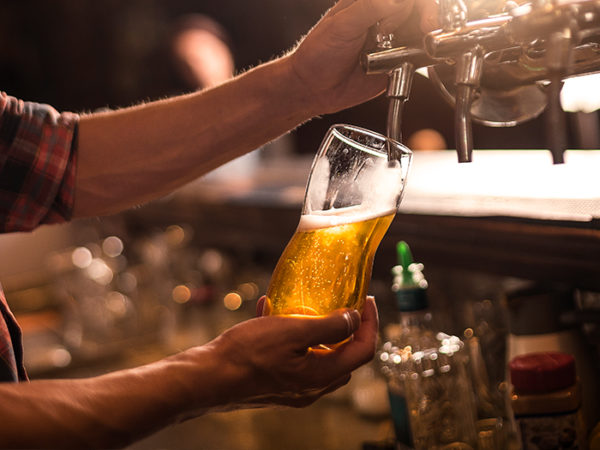
Beer volumes in 2019 may have been put under pressure by unfavourable weather conditions in some key European markets and the lack of a Football world cup to provide a marketing focus, but the potential to cater to the growing number of consumers aspiring to drink less is more evident than ever. The fact that alcohol-free beers are not generally liable to duty also has a positive influence on brewers’ margins. Results so far this year show that investing in non-alcoholic beer portfolios is a strategy that is rewarding for both Carlsberg and Heineken.
‘Alcohol-free brews’ are one of Carlsberg’s ‘strategic priorities’, and the brewer states that in the first half of 2019 sales of their no alcohol beers jumped by as much as 16%, up from 15% in quarter 1. The company additionally reported that the segment is making gains in markets where opportunities for non-alcoholic beers might not be expected to be so pronounced, like Poland and Russia. The company also highlight Switzerland as a fast-growing market for non-alcoholic beer so far this year.
Heineken have been quick to recognise the rising interest in non-alcoholic beer, and in recent years have put considerable resources behind the launch of Heineken 0.0. In quarter 2, the brand traded in 51 markets, helping the company’s overall ‘Low & No-Alcohol’ volumes to increase from 6.3 to 6.9 million hectolitres.
Heineken 0.0 appears to be benefiting from the overall Heineken brand, which grew by almost 7% in the first half of 2019. The company has focused on ‘non-alcoholic’ alternatives to their brands and report that 48 of their brands now have non-alcoholic line extensions.
The potential to cater to the growing number of consumers aspiring to drink less is more evident than ever.
In part, Heineken credit the rise of their no alcohol portfolio with their efforts to increase the visibility of their alcohol-free products. The biggest barrier to the development of the no alcohol segment is a lack of availability, something that the company have sought to address with ‘the Zero Zone’. The Zone provides “dedicated shelf-space in the off-trade for Heineken’s non-alcoholic portfolio” and is now active in 20 markets across Europe and Russia.
The limited availability of non-alcoholic beer on draught has historically been a handicap for the segment in the on-trade, but in 2019 Carlsberg and Heineken have been developing solutions to the problem. In the UK, Heineken trialled Heineken 0.0 on ‘Blade’, a counter-top draught system in 60 outlets. The results were sufficiently promising to roll out the system to 3000 further sites this year. Meanwhile, Carlsberg’s rival system, ‘Draughtmaster’, began serving non-alcoholic beers in quarter 1.
Expanding on-premise sales of non-alcoholic beers will be instrumental in enabling the segment to realise its potential, particularly in many markets where off-premise sales performance has been outstripping on-premise progress.
To stay ahead of market trends and analysis, subscribe to receive our Industry Insights directly to your inbox.
Category
Market
- Beer
- Brandy
- Cider
- Gin
- Irish Whiskey
- Low-/No-Alcohol
- Mixed Drinks
- RTDs
- Rum
- Scotch
- Spirits
- Tequila
- US Whiskey
- Vodka
- Whisky
- Wine

